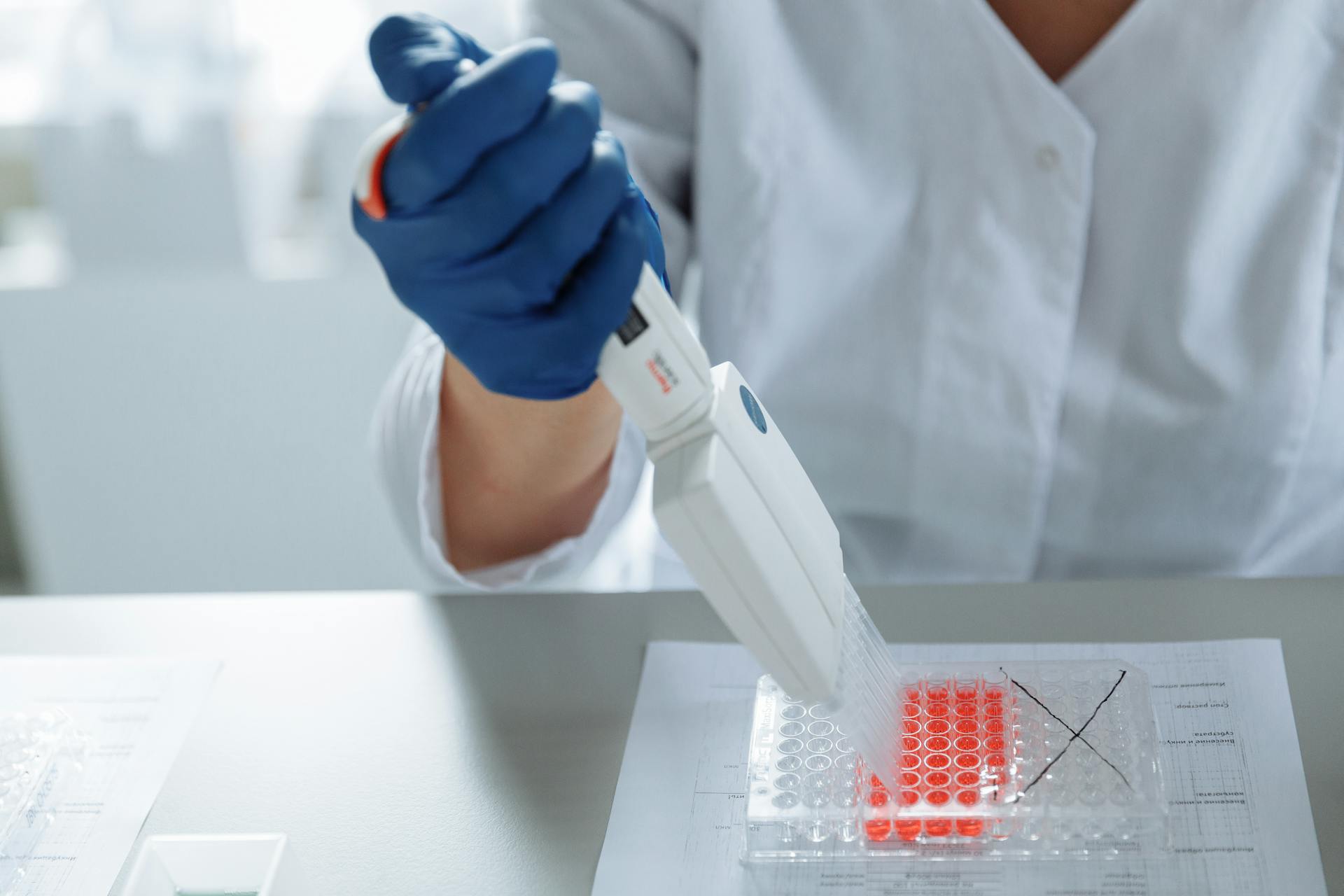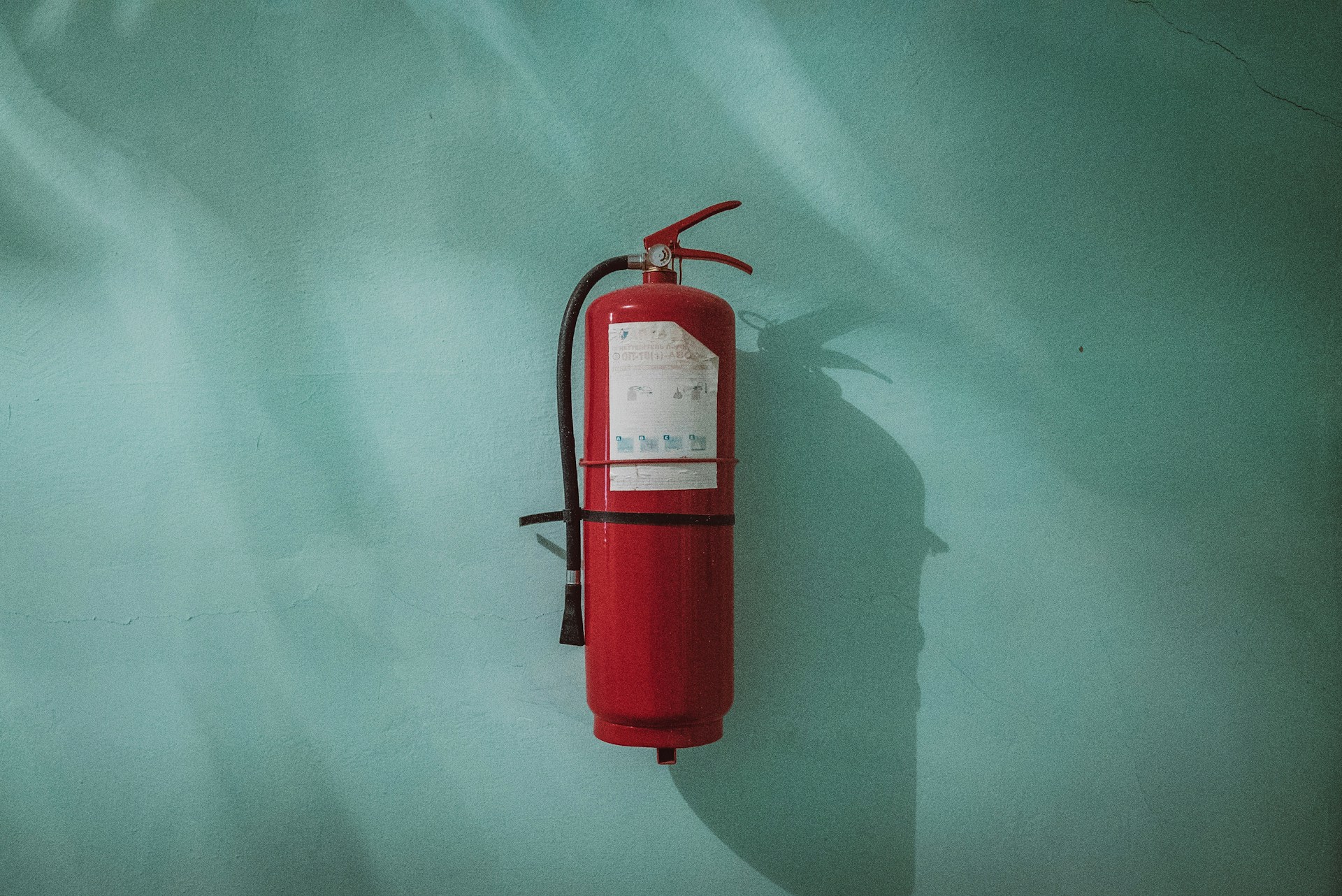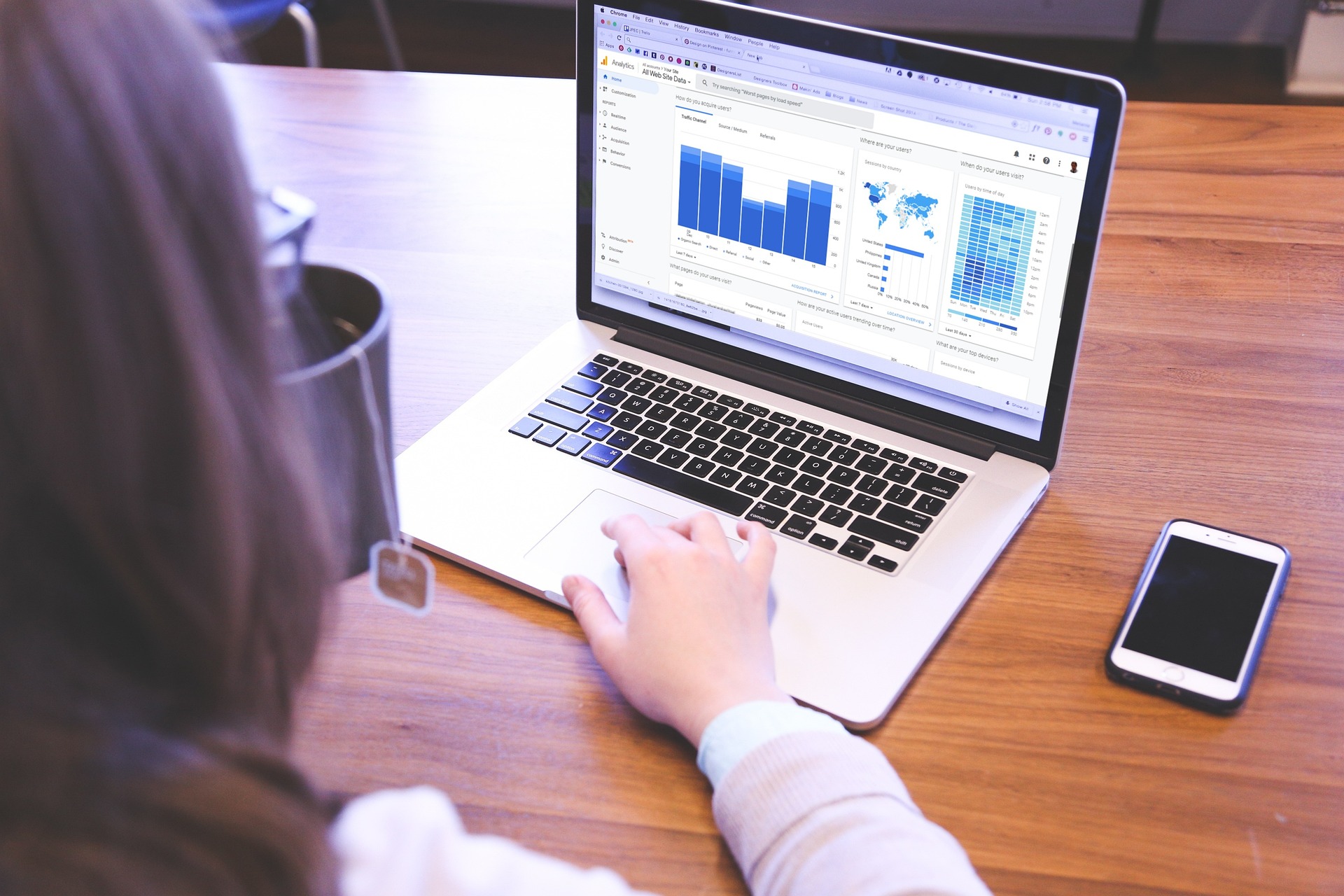What You Need to Know About Lab Equipment Maintenance for Optimal Performance
- 02 Jan 2025
- Articles
Laboratory equipment plays a crucial role in ensuring the success of experiments and research. Proper maintenance of this equipment is essential not only for achieving precise results but also for extending its lifespan. Whether your lab focuses on life sciences, chemistry, or diagnostic analysis, understanding best practices for equipment upkeep can help mitigate costly downtime and enhance productivity.

The Importance of Regular Maintenance
Routine maintenance is vital to detect and address potential problems before they escalate. Regular checks and servicing can enhance the accuracy and reliability of results. More significantly, well-maintained equipment is less likely to malfunction during critical experiments, minimizing disruptions in workflows. Incorporating a systematic schedule for preventative maintenance helps ensure that all lab equipment functions correctly.
Understanding Different Types of Lab Equipment
Laboratories typically utilize various types of equipment, including analytical balances, centrifuges, and spectrophotometers. Each requires individualized care tailored to its specifications and operational demands. For instance, analytical balances should be calibrated regularly, while centrifuges must have their rotors checked for wear and adherence to safety guidelines. Moreover, keeping an inventory of each type of equipment, along with its service history, can streamline maintenance efforts, enabling lab managers to identify patterns of wear and anticipate future issues more effectively. Through diligent management, laboratories can allocate resources more efficiently, ultimately benefiting their research outcomes.
Entrusting Experts With Repairs
When faced with damaged or malfunctioning equipment, it is advisable to seek help from qualified professionals. Experts possess the necessary training and knowledge to address complex technical issues effectively. By collaborating with services that specialize in lab services, labs can ensure that repairs are performed swiftly and up to industry standards. Relying on trained technicians not only mitigates the risk of further damage but also helps maintain the equipment’s integrity and performance. Additionally, utilizing experts can offer you insight into extended warranty options and preventive measures that can be taken to avert future problems. Such collaborations can result in longer-lasting equipment—and ultimately, significant cost savings in repairs over time.
Implementing a Maintenance Schedule
Creating a thoughtful maintenance schedule can dramatically improve the life cycle of equipment. This schedule should encompass daily checks, monthly servicing, and comprehensive annual reviews, laying out clear timelines for each activity. Task assignments can be allocated to specific personnel to ensure accountability while providing clear expectations about equipment care. During daily checks, lab personnel should inspect critical indicators such as calibration status, cleanliness, and general operational effectiveness. Monthly servicing could encompass routine diagnostics, filter replacements, and software updates, while annual reviews should involve outside experts performing extensive evaluations.
Training Staff on Maintenance Practices
Staff training is an often-overlooked component of equipment maintenance. Ensuring that all laboratory personnel are knowledgeable about proper handling and usage techniques can prevent accidental damage and extend the life of instruments. Well-informed staff members can effectively recognize irregularities that necessitate immediate attention. Organizing regular training sessions focusing on maintenance protocols not only boosts staff confidence but also fosters a culture of accountability. Labs that prioritize training generally report fewer instances of equipment-related errors.
Documenting Maintenance Activities
Thorough documentation is another significant aspect of equipment maintenance. By keeping well-organized records of all maintenance and servicing activities, labs can more adequately assess the longevity and performance of their instruments. This documentation serves as an invaluable resource when troubleshooting issues or planning future upgrades. Logs should include dates of service, specific actions taken, and any encountered challenges. Reviewing these records can identify recurring problems, leading to more effective long-term solutions and an overall enhancement of equipment reliability.

Photo by Thirdman
Best Practices for Special Types of Equipment
Certain equipment may require unique approaches for maintenance. For example, biosafety cabinets must undergo regular decontamination and testing to meet safety standards, while high-performance liquid chromatography (HPLC) systems necessitate meticulous cleaning procedures to maintain precision in analyses. Staying attuned to the specific needs of diverse equipment types can lead to enhanced performance and reduced likelihood of issues. Up-to-date training and readily referenced guidelines can assist staff in maintaining an equipment-based culture in the lab, ensuring that optimal practices are upheld.
Utilizing Technology for Maintenance Tracking
Introducing technology to assist in tracking maintenance efforts can optimize processes. Lab management software enables seamless scheduling, reminders, and record-keeping. Such solutions also provide analytics that can help identify patterns and forecast future maintenance needs based on varied usage rates and performance. Moreover, leveraging mobile applications allows real-time updates wherever lab personnel may be situated. Automation can streamline operations and contribute to a proactive rather than reactive maintenance culture, ultimately strengthening the reliability of lab equipment.
Lab equipment maintenance is essential for ensuring optimal performance in any research or clinical setting. By prioritizing regular servicing, engaging in staff training, and documenting maintenance activities, laboratories can significantly extend the life of their instruments while optimizing their overall efficiency. Entrusting experts with repairs, implementing a structured maintenance schedule, and utilizing technology provide additional layers of security and reliability for every laboratory operation.








